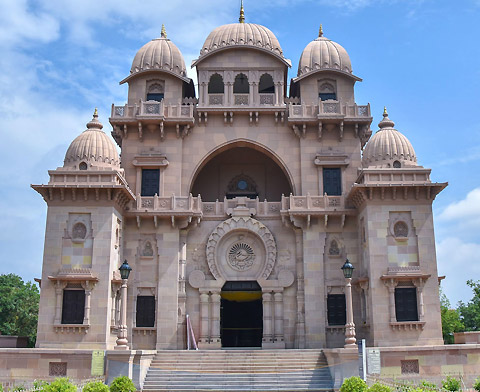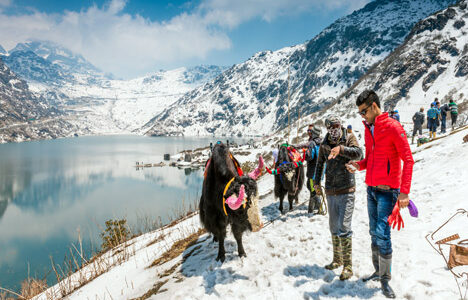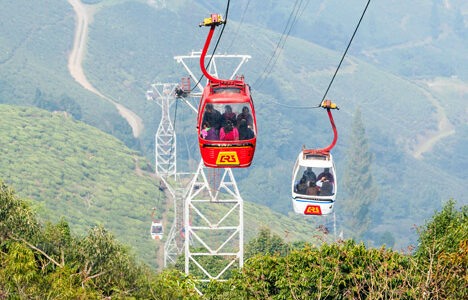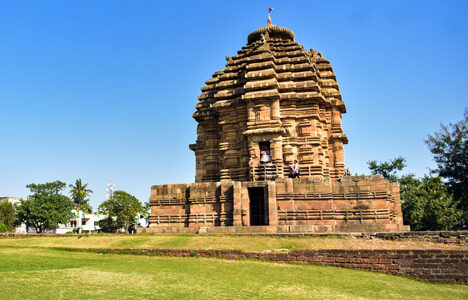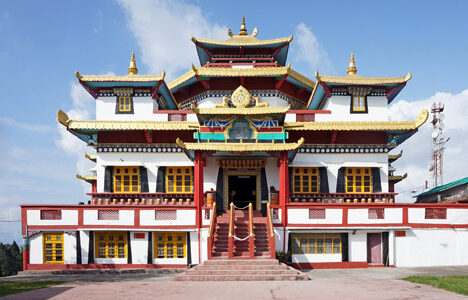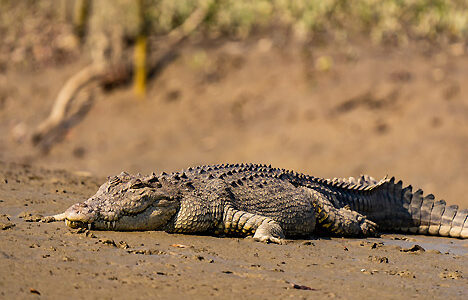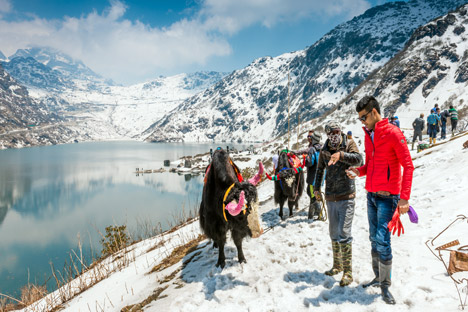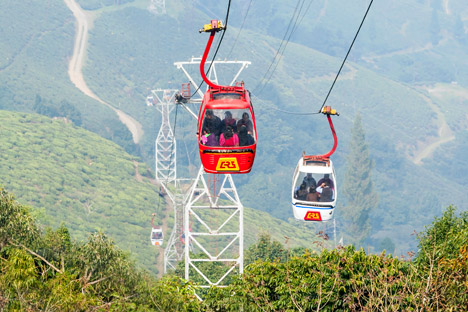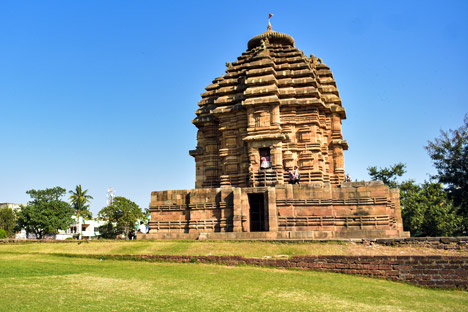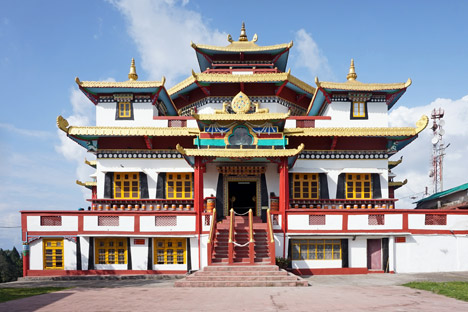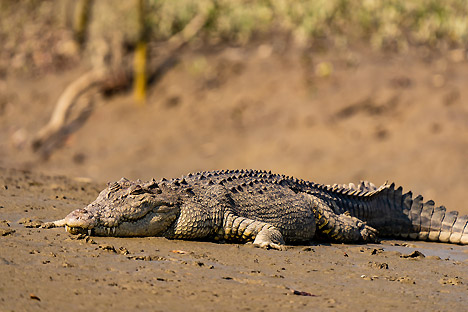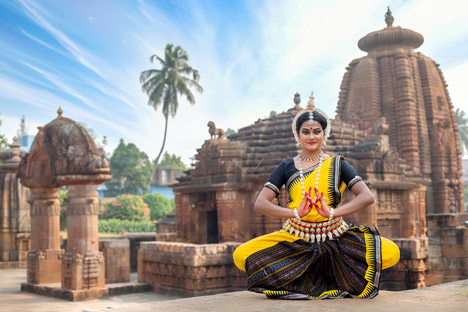Kolkata Historical Significance
Kolkata holds immense historical significance as it was the capital of British India until 1911. It played a pivotal role in India’s struggle for independence and was a center for revolutionary activities. The city witnessed significant events like the Partition of Bengal in 1905 and the Quit India Movement in 1942. Kolkata was also the birthplace of many prominent freedom fighters and intellectuals who shaped the course of Indian history. Its colonial architecture and historical landmarks stand as a testament to its rich past.
Facts About Kolkata| Major Attractions | - Victoria Memorial, Howrah Bridge, Dakshineswar Kali Temple, Marble Palace, Indian Museum
|
| Language Spoken | - Bengali, English, Hindi, Urdu, Nepali
|
| Must Buy | - Sarees, Terracotta handicrafts, Bengali sweets, Handloom textiles, Tea
|
| Time Zone | |
| Experiences | - Durga Puja, Tram ride, Boat ride on the Hooghly River, Heritage walk, Cultural performances
|
| Cuisines | - Macher Jhol, Shukto, Aloo Posto, Kosha Mangsho
|
Festivals in Kolkata
- Durga Puja: Durga Puja is the most significant and widely celebrated festival in Kolkata. It is a ten-day festival dedicated to the worship of Goddess Durga, the embodiment of female power.
- Kolkata International Film Festival: – This annual film festival attracts filmmakers, actors, and cinema enthusiasts from around the world. It showcases a diverse range of films, including international and regional cinema.
- Christmas: – Kolkata celebrates Christmas with great enthusiasm and joy. The city is adorned with colorful lights, and churches are beautifully decorated for the occasion.
Travel Tips To Visit Kolkata
- Dress Respectfully at Religious Sites: When visiting temples and religious sites, it is important to dress modestly as a sign of respect for the local customs and traditions.
- Stay Hydrated, Especially in Summer: Kolkata’s summers can be hot and humid, so it is crucial to stay hydrated. Carry a water bottle with you and drink plenty of fluids to avoid dehydration.
- Protect Yourself from the Sun: Don’t forget to apply sunscreen and wear sunglasses to shield yourself from the sun’s rays. This will help prevent sunburn and protect your eyes from harmful UV radiation.
- Bargain at Local Markets: When shopping for souvenirs at local markets, feel free to engage in bargaining. It is a common practice and can often lead to getting a better deal on your purchases.
- Show Respect for Local Customs: Interacting with the locals in Kolkata, it is important to show respect for their customs and traditions. Be mindful of cultural norms and practices, and adapt your behavior accordingly.
